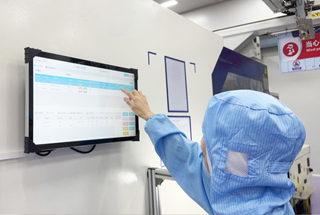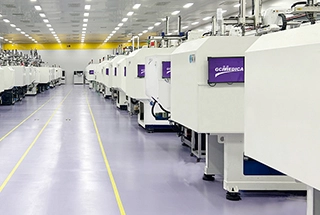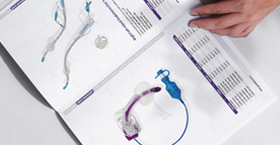Nasogastric (NG) tube size selection varies by patient age and anatomy to ensure safe, effective enteral access and gastric decompression. Using the French (Fr) scale, smaller-bore tubes minimize mucosal irritation in neonates and infants, while larger sizes facilitate aspiration or lavage in older children and adults. Proper sizing reduces the risk of nasal trauma, tube clogging, and misplacement, improving patient comfort and clinical outcomes.
| Age Group | Recommended NG Tube Size (Fr) | Outer Diameter (mm) | Typical Uses |
|---|---|---|---|
| Neonate | 5–8 Fr | 1.7–2.7 mm | Minimal feeding; gastric decompression in NICU |
| Infant | 8–10 Fr | 2.7–3.3 mm | Bolus or continuous feeding; medication delivery |
| Child | 10–12 Fr | 3.3–4.0 mm | Nutritional support; gastric aspiration |
| Adolescent | 12–14 Fr | 4.0–4.7 mm | Enteral feeding; lavage; contrast studies |
| Adult | 14–18 Fr | 4.7–6.0 mm | Decompression; lavage; charcoal administration |
Key Considerations:
Age-Appropriate Diameter: Neonates require the smallest tubes (5–8 Fr) to protect delicate nasal and esophageal mucosa, while adults tolerate larger sizes (14–18 Fr) for efficient gastric drainage.
Length and Positioning: Standard NG tube lengths range from 40 cm (neonate) to 125 cm (adult). Measure from the nares to the earlobe and then to the xiphoid process (NEX method) for accurate insertion depth.
Material Selection: Polyurethane and silicone tubes soften at body temperature, reducing patient discomfort and risk of pressure injury across all age groups.
Connector Type: ENFit–compliant connectors prevent misconnection errors in feeding pumps and syringe attachments, enhancing safety.
Clinical Applications by Age:
Neonates & Infants: Gentle, low-pressure feeding and minimal decompression in neonatal intensive care units.
Children & Adolescents: Transitional feeding regimens, medication administration, and diagnostic aspirations.
Adults: Broad applications including bowel obstruction decompression, gastric lavage in overdose, and administration of activated charcoal.
By tailoring NG tube size to age and clinical need, healthcare providers optimize patient comfort and procedural success, while minimizing complications related to tube placement and maintenance.
Related Products
- Polyurethane Nasogastric Feeding Tubes
- Polyurethane Y-Port Nasogastric Feeding Tubes
- Funnel Transition Connector With Cap


 Français
Français Español
Español Products
Products

 About Us
About Us











